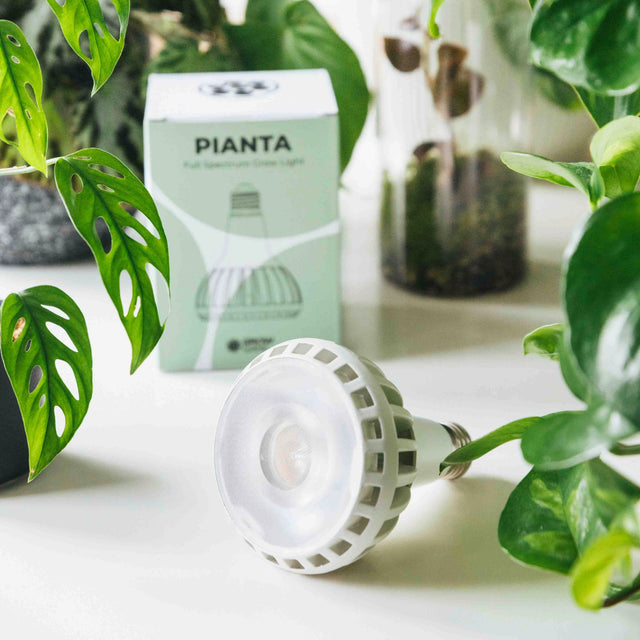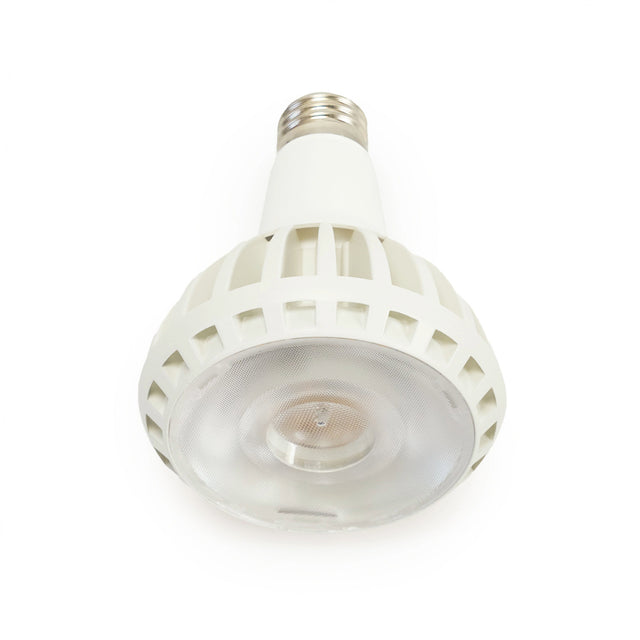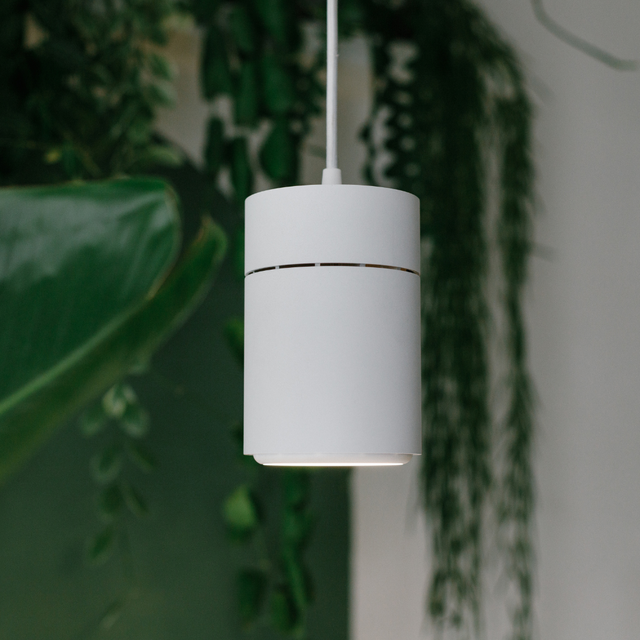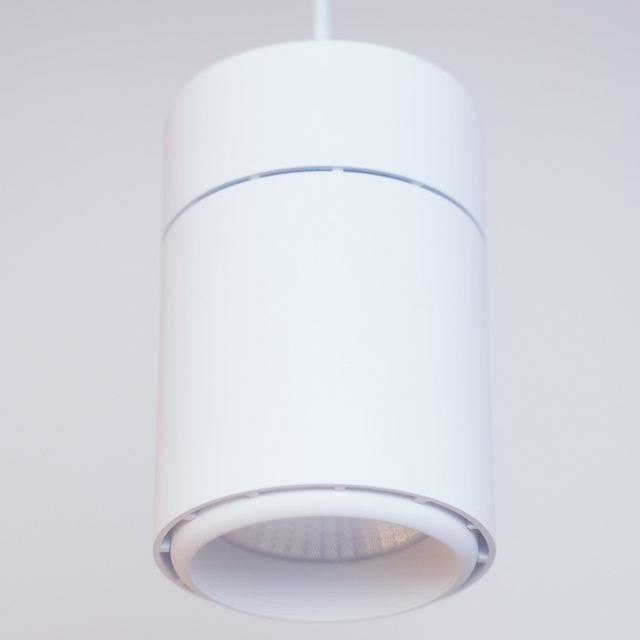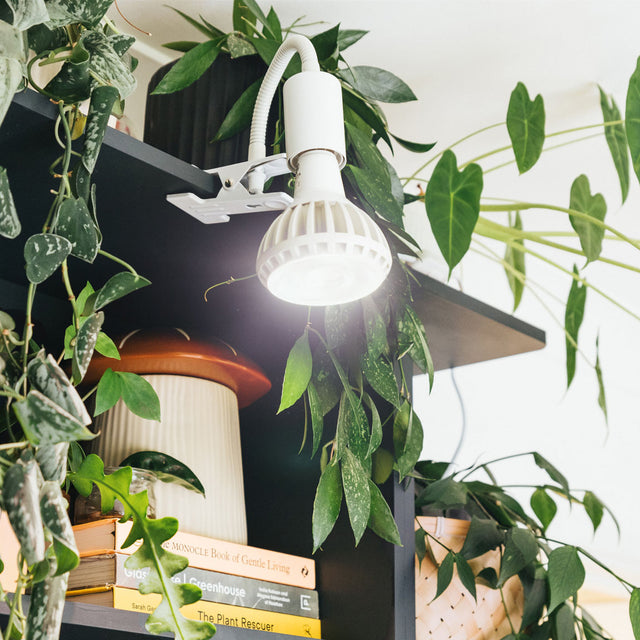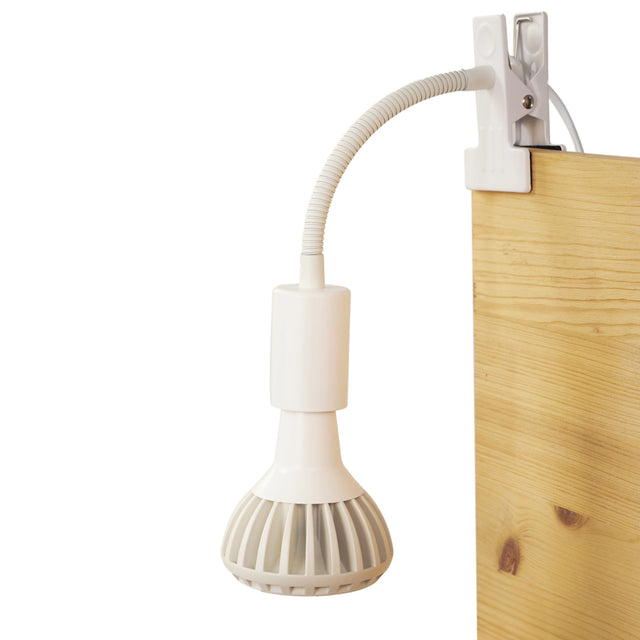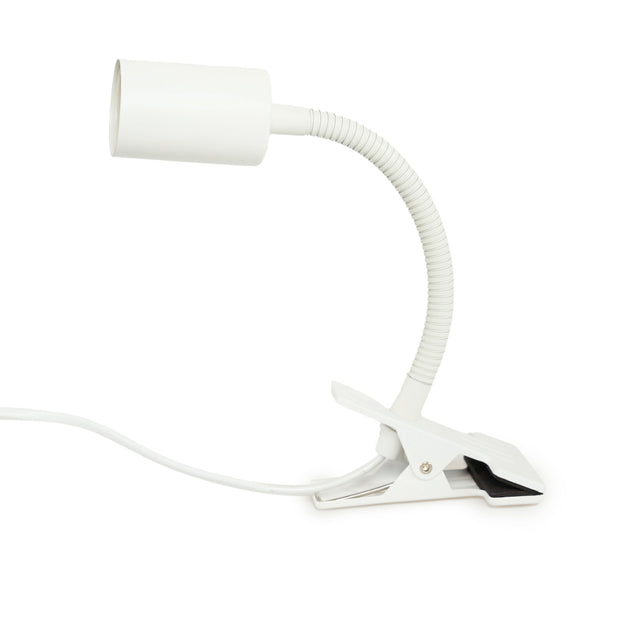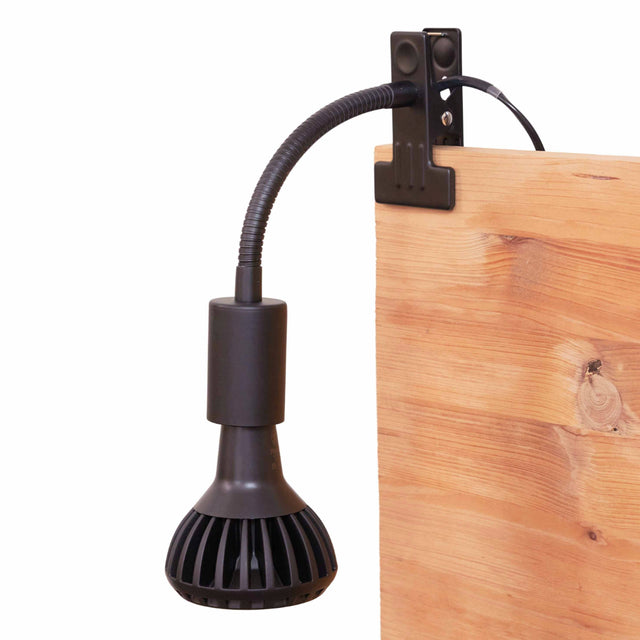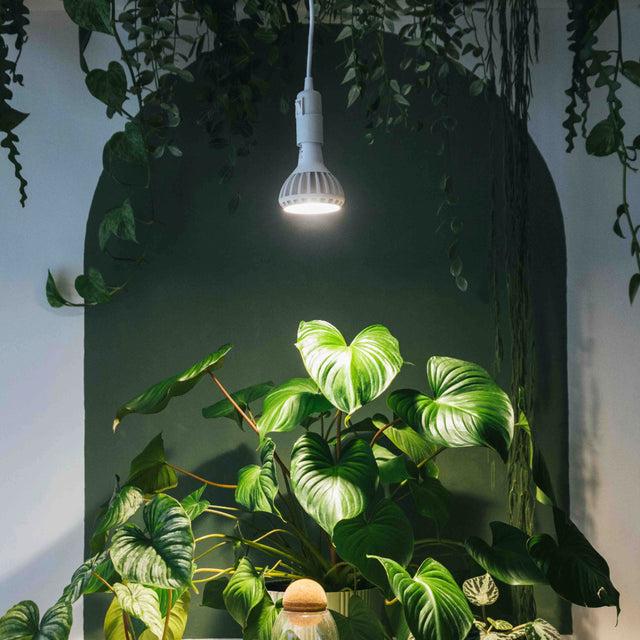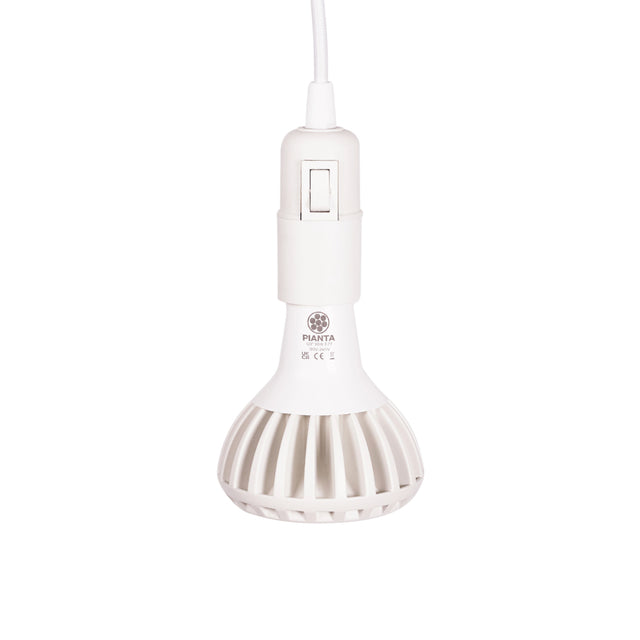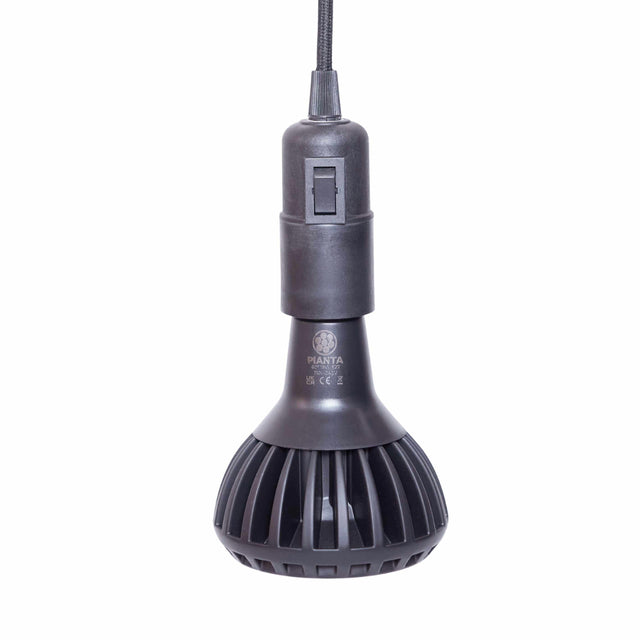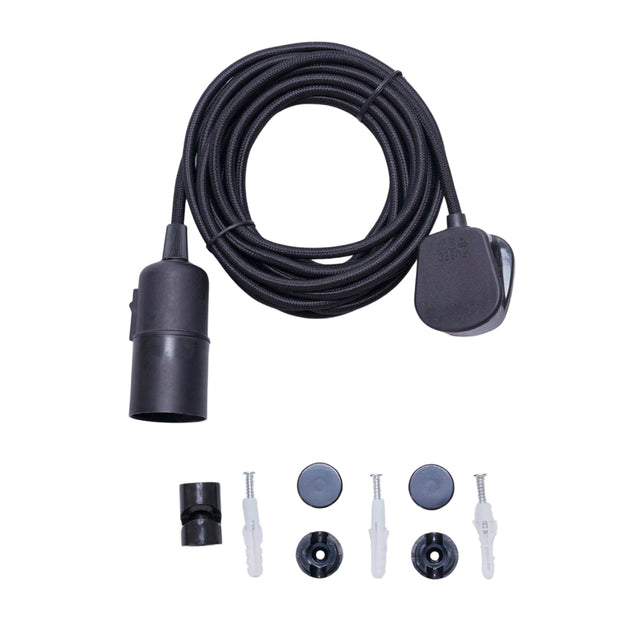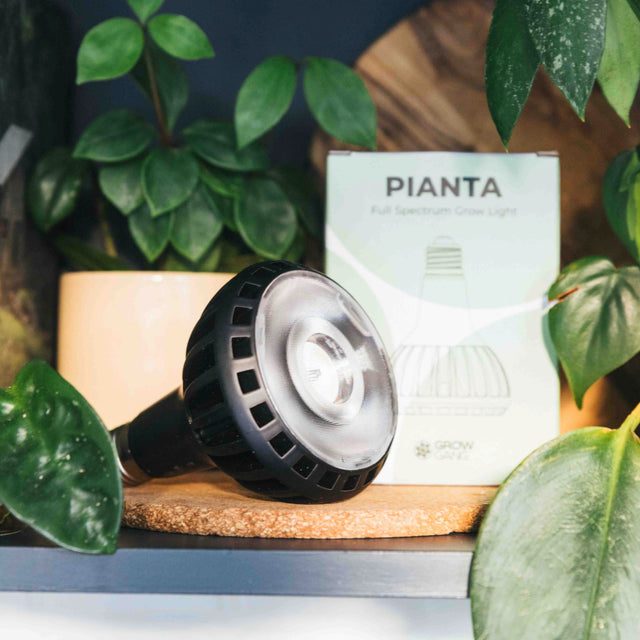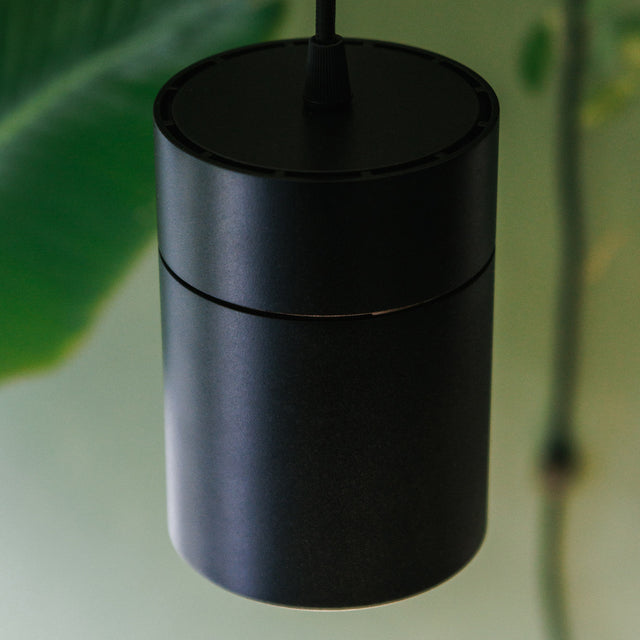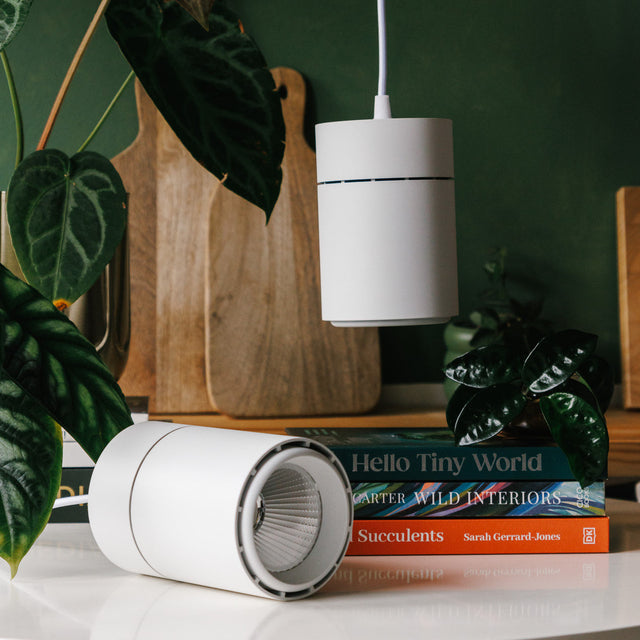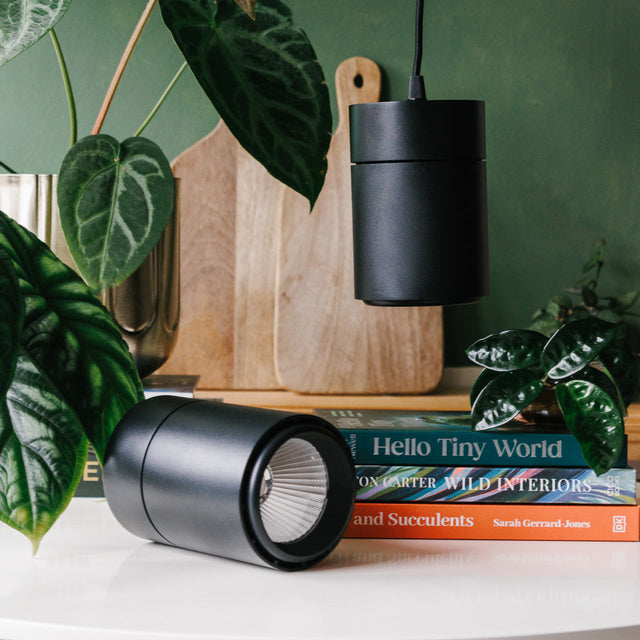
🔬Scientific name: Araucaria heterophylla (Family: Araucariaceae)
🌍 Origin: Originates from a small island in the Pacific Ocean east of Australia. It's found on Norfolk Island in the South Pacific, explaining it's name. It's not a true pine but a tropical conifer with soft, symmetrical needles and a classic conical shape. The tree is also found in many subtropical and Mediterranean climates where it's cultivated.
Lighting
Lighting requirement: Bright, indirect light
This plant prefers bright, indirect light. It can tolerate direct morning sun but it's best to avoid harsh afternoon sun which can scorch their needles. A south or west-facing window with sheer curtails would be ideal as this would help filter some of the light. Too much light can cause needle drop or leggy growth.
The Norfolk Island Pine can thrive when used with a grow light. Keeping it at a distance of 30-60cm from the light and providing 12-16 hours or light per day will encourage healthy growth.
Watering
Water your Norfolk Island Pine once the top 1-2cm of soil feels dry. It's important to keep the soil evenly moist but not soggy, ensuring excess water drains out of the pot. In the winter, reduce watering as this is when growth naturally slows. It is sensitive to over and under-watering often indicated by yellowing needles.
Humidity
This plant thrives in moderate to high humidity levels of 50% or higher. It benefits from increased moisture in the air, similar to its subtropical environment. If grown indoors humidity can be lower and it's important to keep humidity levels high.
To maintain humidity:
- Use a humidifier
- Mist occasionally (especially in winter)
If the air is too dry, the branch tips may turn brown. Keeping its environment humid can ensure it thrives.
Fertiliser:
To fertilise your Norfolk Island Pine, feed monthly during the growing season (spring and summer). Use a balanced diluted liquid fertiliser ever 4-6 weeks. During the cooler months, it's importnant not to over-fertilise as the growth of the plant naturally lows down.
Temperature:
Norfolk Island Pine thrives in temperatures between 16-24ºC. It can tolerate cooler temperatures but not frost. It's important to keep your plant away from drafts and vents. Sudden temperature changes can also affect your plant.
Troubleshooting and Pests:
Needle drop or browning tips can indicate signs of low humidity, under or over-watering, or sudden temperature changes. Try increasing the humidity, check watering habits, and keep the plant away from drafts or heat vents. Yellowing branches can be a sign of natrual aging, insufficient light, or root stress from over-watering. It's best to ensure proper drainage and provide bright, indirect light. Leggy growth can indicate inadequate light. It's best to move the plant to a brighter spot or use a grow light.
Sometimes, the Norfolk Island Pine can face issues with pests such as spider mites, mealybugs, and scale insects. If signs of fine webbing, white cottony masses on branches, or brown bumps on stems/needles with sticky residue are spotted. It's best to rinse the plant, dab with alcohol-socaked cotton swabs, or treat with neem oil or insecticidal soap.
By addressing issues early, you can keep your plant healthy and thriving.
Height:
Indoors, The Norfolk island Pine can typically grow up to 1-2.4 meters tall. With good care and space it can even possibly reach up to 3 meters indoors. When grown outdoors or in its natural habitat, it can grow up to 30-60 meters tall!
Is It Toxic To Pets?
No. The Norfolk Island Pine plant is generally considered non-toxic to pets. While it's unlikely to be life threatening, it's wise to keep the plant out of reach of pets, as ingestion may still cause mild digestive discomfort.
